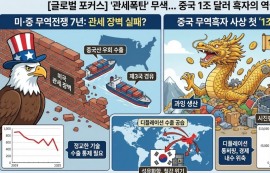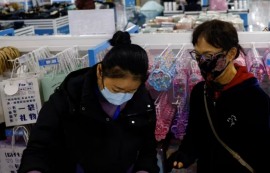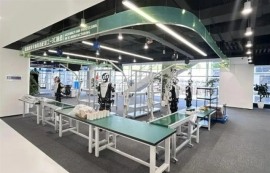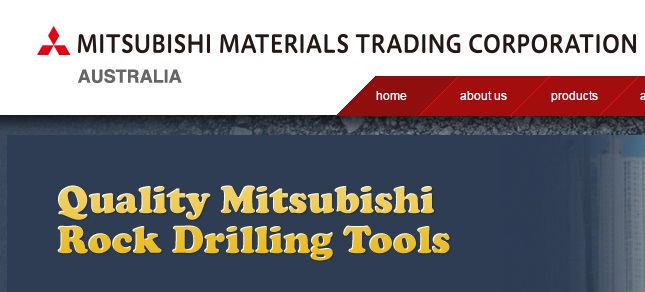 이미지 확대보기
이미지 확대보기특히 중국에 대해 공식 사과하고 피해중국인들에게 보상까지 하고 나섰지만 한국은 애써 외면하고 있다.
미쓰비시 머티리얼의 논리는 1938년 시행된 일본의 국가총동원법에 근거를 두고 있다.
한국과 일본은 1910년 병합한 나라이기 때문에 당시 조선인은 법적으로 일본 국민이었던 만큼 외국인 징용이 아니라는 것이다.
미쓰비시 머티리얼은 태평양전쟁 당시 외국인을 가장 많이 징용한 기업이다.
이 기업의 행태는 다른 기업에도 중요한 선례가 될 것으로 보인다.
보상할 의향은 있으나 한국인은 일본인과 마찬가지로 다루어져야 한다고 역설했다.
미쓰비시 머티리얼은 일본에서는 흔히 미쓰비시 광업으로 알려져 있는 회사다.
미쓰비시 머티리얼이 곧 미쓰비스 그룹의 모태라고 보고 있기도 하다.
미쓰비시 머티리얼이 스스로 밝히고 있는 회사의 개요
三菱鉱業(株)設立。三菱合資会社より炭鉱部、鉱山部、研究所を継承 今日の三菱グループの歴史は、明治維新に始まる近代日本と歩みを同じくしています。この近代日本誕生の時代に登場したのが、三菱の基礎を築いた創業者・岩崎彌太郎です。1870年、九十九商会として海運事業を開業した岩崎は、炭坑・鉱山経営にも積極的に進出し、それは三菱が推進する事業の中核のひとつとして発展を遂げました。
The original starting point for the company known today as Mitsubishi Materials was as the mining business of Tsukumo Shokai, the roots of the Mitsubishi Group. For nearly 140 years, the company has grown, developing its activities along with the modernization of Japan. Mitsubishi Materials joins the companies of the Mitsubishi Group in striving to contribute to the creation of a comfortable global community in the 21st century.
In Step with Modern Japan Decentralized, Diversified Businesses Get New Start in Postwar Japan Rebuilding along with Society after the War Into the Future as Mitsubishi Materials
The corporate history of the Mitsubishi Group mirrors the modernization of Japan that began with the Meiji Restoration in 1868. The man who laid the cornerstone of the Group in this era was founder Yataro Iwasaki. It was Yataro who, in 1870, established Tsukumo Shokai, a shipping company, and aggressively invested in coal and mineral mining, which grew into a key pillar of operations for Mitsubishi.
1871 Tsukumo Shokai, precursor to Mitsubishi Shokai, leases a coal mine from the Shingu clan in Kishu, and enters the mining business.
1873 Mitsubishi Shokai, precursor to Mitsubishi Goshi Kaisha, acquires the Yoshioka Mine in Okayama Prefecture, and enters the precious metals mining business.
1893 Mitsubishi Goshi Kaisha is established.
1896 Buys a refinery in Osaka owned by the Imperial Palace and enters the metal refining business.
1917 Establishes the Mining Research Institute, now the Central Research Institute.
Establishes the Naoshima Smelter & Refinery.
In the 1920s, the divisions of the Mitsubishi Goshi Kaisha split off into companies. Mitsubishi Mining Company Ltd., was established and assumed the assets of mining-related divisions. The energetic development of Mitsubishi Mining laid the foundation that supports the technical capabilities of today’s Mitsubishi Materials. After World War II, the company was split into two mining interests, one for coal and the other for metals, in accordance with a law to eliminate excessive concentrations of economic power held by some corporate groups.
1918 Mitsubishi Mining Company Ltd., established and takes over the coal and metal mining operations of the Mitsubishi Goshi Kaisha as well as operation of the research facility.
1920 Kanda Plant (now, Kyushu Plant) established and begins cement production.
1921 Company lists on the Tokyo Stock Exchange.
1942 Tokyo Metals Plant (now, Tsukuba Plant) made into independent operation and begins full-scale production of cutting tools.
1944 Niigata Metals Plant (now, Niigata Plant) established to manufacture sintered products.
1945 Nonferrous Metals Plant (now, Okegawa Plant) established and begins production of special copper alloy.
1950 Operations split into two companies -- Mitsubishi Mining Corporation for coal operations and Taihei Mining for metal mining -- in accordance with a law to eliminate excessive concentrations of economic power held by some corporate groups.
Japan was the scene of unprecedented economic growth in the 1950s and the 1960s. In response to energy reforms, shifting demand from coal to petroleum and nuclear energy, the business activities of the independent coal and metal mining operations were reorganized. The new divisional makeup contributed to better lifestyles for the people of Japan.
1950 Taihei Mining lists on the Tokyo Stock Exchange.
1952 Taihei Mining changes its name to Mitsubishi Metal Mining Company Ltd.
1954 Mitsubishi Cement is established and enters the cement business.
1959 Japan Electronic Metals Co., Ltd., is established and enters the field of high-purity silicon for semiconductors.
1962 Mitsubishi Aluminum Co., Ltd., is established as a general maker of rolled aluminum products.
1971 Mitsubishi Nuclear Fuel Co., Ltd., is established to manufacture nuclear fuels.
1972 Fujioyama Plant is established and enters the aluminum beverage can business.
1973 Mitsubishi Mining, Mitsubishi Cement and Hokoku Cement merge into Mitsubishi Mining & Cement Co., Ltd.
Mitsubishi Metal Mining changes name to Mitsubishi Metal Corporation.
1976 Production and sales of ceramic electronic components begins.
1988 Mitsubishi Cement is established in the United States, marking entry into the overseas cement business.
The 1990s was a time of considerable political, economic and social transformations around the world. This decade brought an end to the cold war, the development of a sophisticated information society, upheavals in world economy and greater internationalization.
Another major development was the 1990 merger of Mitsubishi Metal and Mitsubishi Mining & Cement into Mitsubishi Materials Corporation. This did not mark a simple return to the prewar Mitsubishi Mining. Both corporate entities had achieved great changes in the postwar years and, standing on equal footing, they joined forces in a much different format.
Mitsubishi Materials, which traced the same path of Japan in its pursuit of modernization, aims to contribute to a comfortable global society in the 21st century.
1990 Mitsubishi Metal and Mitsubishi Mining & Cement merge to form Mitsubishi Materials on December 21.
1991 Merges with Tohoku Kaihatsu Co., Ltd., on October 1.
1995 Launches web site.
1996 Establishes PT. Smelting in Indonesia.
1998 Institutes GPM Committee and strengthens companywide environmental protection activities.
Forms comprehensive business tieup with Ube Industries, Ltd. and establishes Ube-Mitsubishi Cement Corp.
2000 Strengthens tool business with acquisition of Kobelco Tool Co., Ltd. (now, Mitsubishi Materials Kobe Tools Corporation).
2001 Begins production of aluminum bottle cans at Okayama Plant.
2002 Integrates silicon wafer business with that of Sumitomo Metal Industries, Ltd. to create Sumitomo Mitsubishi Silicon Corp.
2003 Consolidates domestic sales structure for superhard tools into Mitsubishi Materials Tools Co., Ltd.
2004 Establishes shared service center.
Integrates copper tube business with that of Kobe Steel, Ltd. to create Kobelco & Materials Copper Tube, Ltd.
2005 Signs basic agreement with Hokkai Co., Ltd., to integrate aluminum beverage can operations.
2007 Merger with Mitsubishi Materials Polycrystalline Silicon Co., Ltd. Yokkaichi plant was inaugurated.
Merger with Mitsubishi Materials Tools Co., Ltd. Akashi plant was inaugurated.
2008 Mitsubishi Shindoh Co., Ltd. became consolidated subsidiary company.
2010 Mitsubishi Cable Industries Co., Ltd. became consolidated subsidiary company.
2012 Robertson's Ready mix Ltd.
김재희 기자 tiger8280@


















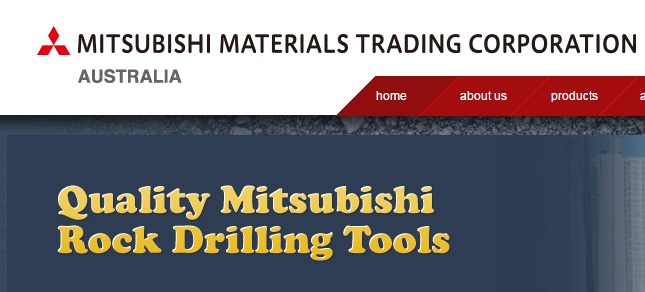
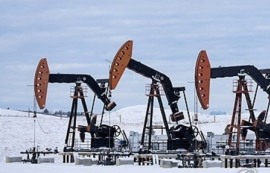
![[뉴욕증시] 부진한 美 경제지표에 혼조세](https://nimage.g-enews.com/phpwas/restmb_setimgmake.php?w=270&h=173&m=1&simg=2025121706464409815c35228d2f5175193150103.jpg)
